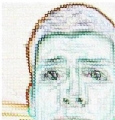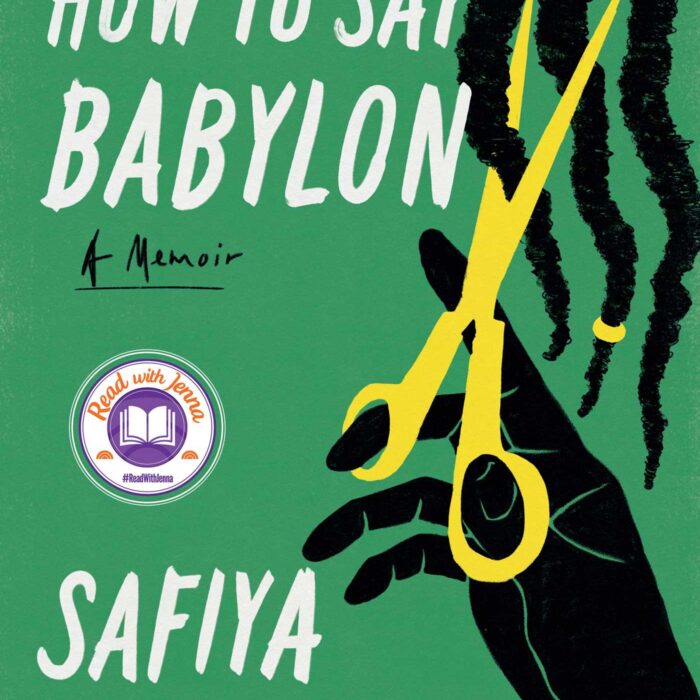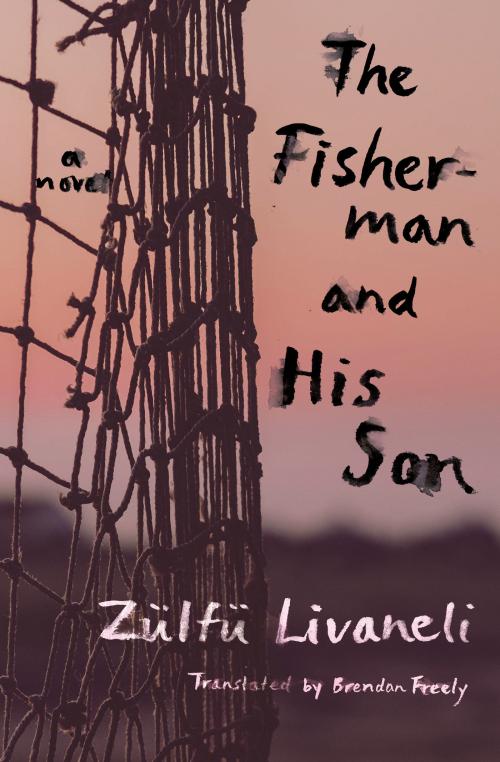You have no items in your cart. Want to get some nice things?
Go shopping From the front cover to the last page The Drive has all the dials turned to madcap as Tyler Keevil follows in the dust trails of the great American road trip. This kinetic journey through the backside of America lives firmly in the shadow of Fear and Loathing
From the front cover to the last page The Drive has all the dials turned to madcap as Tyler Keevil follows in the dust trails of the great American road trip. This kinetic journey through the backside of America lives firmly in the shadow of Fear and Loathing
The action starts in medias res with Trevor, our protagonist, fearfully swallowing his stash as he is questioned at the American border. Successfully gaining entry to the hallowed land, he is propelled through a series of bizarre, comic encounters as he desperately attempts to outrun his feelings for ex- girlfriend, Zuzska.
In a series of flashbacks we get a little backstory on their relationship but the main thrust of the novel is concerned with Trevor letting go and seeing what America has to offer.
‘This here is a forty-four magnum,’ he said. Even I knew what that meant. That was Dirty Harry’s gun. Pigeon flicked open the cylinder to load it. The rounds for the Magnum were big and squat and glistening, like slugs. I guess that’s why they call them slugs.
As the outsider exploring a foreign land, Trevor is a magnet for the various deranged individuals that populate the back- ways of the Pacific NorthWest. Ostensibly travelling south to meet an old friend in San Francisco, Trevor’s journey corkscrews through the States like a sidewinder. As he travels, he throws himself into proceedings with gusto, in a bid to lose his breakup blues, but underneath it all remains the quiet Canadian boy apprehensive of the brash southern neighbour.
Whatever America had in store for me wasn’t going to be good. I mean, I’d shot her national bird. She wouldn’t be happy about that.
The novel falls short during the occasional moments where it reaches for deeper spiritual connections. The nutty philosophies on life, the universe and everything that the other characters expound are engaging but when Trevor picks up his own kitsch idea of synchronicity it can feel like an over eager undergrad.
‘Carl Jung?’ I said.
‘The guy who came up with individuation and synchronization and everything.’
‘I know my hitcher mentioned him.’
We looked at each other, and I felt the ground shudder, as if a tremor had passed between us.
As a narrative the co-incidences in the plot tie up nicely but the fact that nearly every major character he encounters, on a journey of over 1,000 kilometres, are apparently relatives makes the story feel more like The Simpsons in places, rather than On the Road.
This is not necessarily a bad thing, as the heightened cartoon touch drives the action along at a snappy pace and the humour and vim with which each scene is setup helps illuminate this half-innocent, half-demented take on the world.
As a reader however, the bait that really hooks you in is Trevor himself. Despite the perils he describes, there is an underlying sweetness to his story and a sense that nothing can ever go too badly wrong while you travel in his company. Trevor’s journey, as with book itself, is best relished by simply settling back and enjoying the ride.
The Drive was published in August 2013. Buy it from Foyles.

Lochlan Bloom
Lochlan Bloom is a British novelist, screenwriter and short story writer. The BBC Writersroom describes his writing as ‘unsettling and compelling… vivid, taut and grimly effective work’. He is the author of the novel The Wave as well as the short fiction pieces – Trade and The Open Cage. He has written for IronBox Films, BBC Radio, Slant Magazine, Litro Magazine, Porcelain Film, EIU, H+ Magazine and Calliope, the official publication of the Writers’ Special Interest Group (SIG) of American Mensa, amongst others





One comment